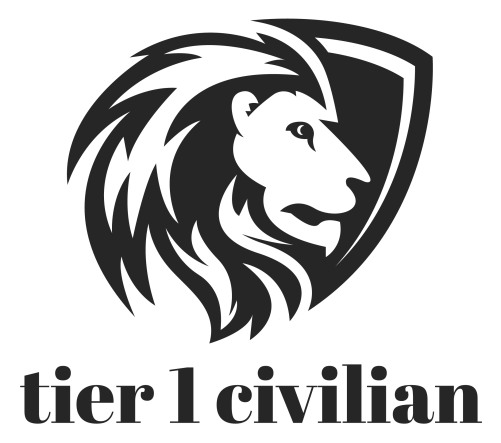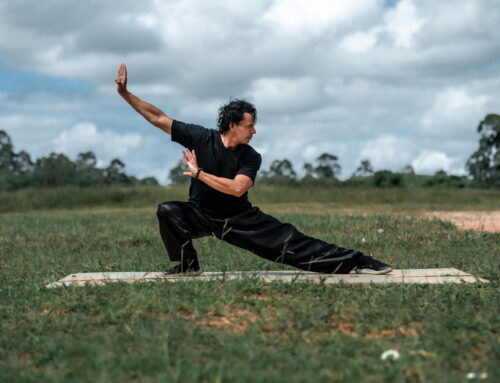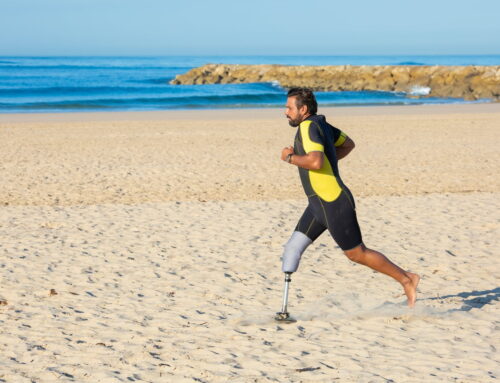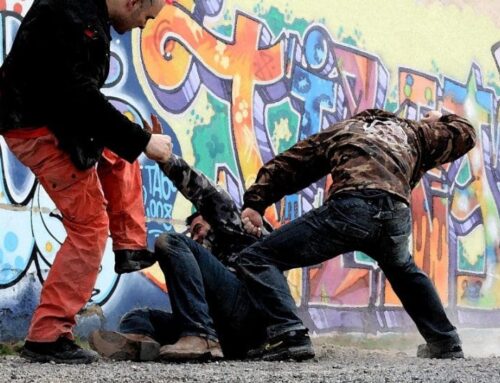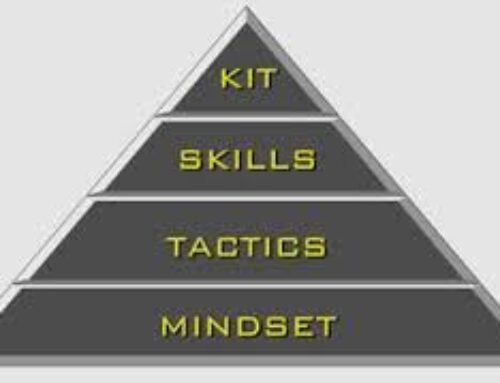Combatives training involves the most serious training for dealing with real criminal, real life situations.
This type of training is the most pressure tested, as it is regularly employed by the military.
This website will often pull content from such experts as Lee Morrison, Kelly McCann, Tony Blauer, Michiel Mulder, Alan Baker and others to provide you with the knowledge you need to enhance your training.
I highly recommend you take the opportunity to train with any of them.
Situational Awareness
Combatives training starts with soft skills such as Situational Awareness.
Situational awareness is the cornerstone of self protection. So many people become victims of crime because they are simply unaware of their surroundings.
The late retired Marine Lt. Colonel Jeff Cooper developed a system that described levels of awareness based on color.
Check out the graphic below:

At level White, you are effectively switched off. This is the level of awareness you should only reserve for when you are inside your own home.
Once you step outside your home, you should switch on your antenna to level Yellow. You are now aware of your surroundings.
Walking to your car in the driveway, you are observing your surroundings, noting any persons nearby, if any, and what they may be doing.
At level Orange, some sort of activity has caught your eye that may be out of the ordinary. You are now on full alert.
Perhaps you are walking down the street and you note a couple of young men observing passersby closely, as if they are looking for an easy mark to mug and rob.
At level Red, you now recognize that there is significant danger nearby and you will need to act. Your action can involve simply escaping the situation or preparing to fight.
Some have added a level Black to these codes to describe a situation where the individual is completely frozen and unable to act. They are gripped by fear, and this makes them an easy victim.
The entire point of these codes is to describe different levels of situational awareness.
Another thought process self protection professionals employ is the OODA Loop, developed by Retired Air Force Colonel John Boyd.
OODA stands for Observe, Orient, Decide, and Act.

The OODA LOOP is considered the key model for decision making under Combat Stress.
OODA is an acronym for Observation, Orientation, Decision, and Action. When you are in a state of relaxed alertness or Condition Yellow you are constantly observing ‘O’ your environment.
If you spot a potential problem, you would then orient ‘O’, that is focus your attention on whatever it is that you’ve observed and determine whether or not it is a threat.
At that point you make a decision ’D’ as to how you are going to act on this information, which then takes you into action ‘A’, where you put into effect the result of your decision.
You act, then you go back into the Loop of ‘O’, observing; you observe how the situation has changed as a result of your action.
The cycle becomes a continuous loop of observation, orientation, decision and action.
Urban Combatives Game Plan
Lee Morrison, founder of Urban Combatives, is widely regarded as one of the top combatives trainers in the world.
He has developed a model for teaching his students that he refers to as the UC Game Plan.
The game plan has five steps…
- Awareness
- Situational Control
- Pre-Emption
- Continuous Attack
- Escape
The UC Game Plan employs Cooper’s Color Codes and the OODA Loop discussed above.
In his teaching, Morrison describes a number of situations where the Game Plan proceeds through the first few steps, and all the way through step 5.
For instance, Pre-Emption could simply involve the act of crossing the street to avoid someone you’ve spotted as a potential threat. If they don’t follow you, then you switch back to Step 1.
Of course, there may also be a situation that forces you to run through all five steps.
Step 4, Continuous Attack, means you are on the offensive during an altercation, and you don’t stop fighting until the threat has been immobilized.
You then proceed to Step 5, and escape the situation.
Combatives

W.E. Fairbairn
Unlike most martial arts training, combatives training focuses on the development of just a few fighting skills, rather than hundreds or even thousands of techniques.
This approach arose out of the need to train soldiers in preparation for combat in WWII over a short period of time.
To be deeply proficient at an art such as karate or kung fu, you need years, if not decades, of training.
The armed forces did not have that luxury, so they had to develop a system that was far less technique based.
W.E. Fairbairn is recognized as the father of modern combatives.
Born in England, Fairbairn joined the Shanghai Police in 1907 and reportedly engaged in many fights over the course of his twenty year career there. He ultimately trained an anti-riot squad for the force based on his experience.
After he had joined the Shanghai police, Fairbairn studied a variety of martial arts such as judo, boxing, wrestling, etc. Based on his studies, he developed his own system of fighting which he named “Defendu.”
He was then recruited by the British Secret Service during World War II to train commando forces along with Eric Sykes.
In more modern times, combatives instructors such as Carl Cestari, Lee Morrison, and Kelly McCann have expanded on the Defendu system to develop systems that are more relevant for current society.
Most such instructors have also studied a variety of martial arts similar to Fairbairn, and then have effectively taken what they feel works best for them.
Gross Motor Skills
Combatives instructors such as Morrison have boiled their fighting skills down to a handful of gross motor skills.
The reason for this is that when people find themselves in a confrontation, the lose the ability to think and execute techniques that require fine motor skills.
Therefore, the focus is on gross motor skills such as kicking, punching, biting and gouging.
There are no complex blocking techniques involved. Blocking involves reaction, and action is faster than reaction.
Along with these gross motor skills, a few principles are also taught.
The main principle is to avoid altercations altogether.
If you can’t avoid an altercation, then the next principle is to hit first, as long as you have a good reason.
In most street fights, the person who hits first usually comes out on top.
Final Thoughts
You should now have an understanding that combatives training involves more than just learning how to fight.
Most criminal assaults can be avoided if more people learn how to be more aware of their surroundings.
However, if a criminal assault can’t be avoided, there is no need for great complexity to deal with it.
It ultimately boils down to Mindset, which we discussed in our article about The Vital Pyramid.
